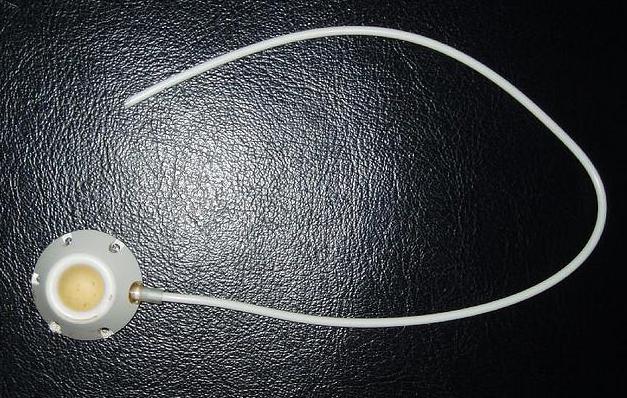At WiseGEEK, we're committed to delivering accurate, trustworthy information. Our expert-authored content is rigorously fact-checked and sourced from credible authorities. Discover how we uphold the highest standards in providing you with reliable knowledge.
What is Biological Therapy?
Biological therapy, also known as immunotherapy or biotherapy, is a form of cancer treatment that utilizes the body's immune system. This therapy can also be employed to counteract the various side effects a patient experiences while undergoing other cancer treatments such as chemotherapy and radiation. Designed to improve the immune system, biological therapy works to enhance the body's ability to repair itself by using natural growth inhibitors to prevent the maturation and spread of cancerous cells.
The immune system itself is made up several varieties of leukocytes, commonly known as white blood cells, that work together to fight off foreign bodies, such as bacteria, viruses, and cancer. Lymphocyte, dendritic, and monocyte cells are three types of leukocytes that are produced in the bone marrow. These cells are present in the blood circulating throughout the body and are utilized in biological therapy.

Two main classes of lymphocytes, B-cells and T-cells, act as the immune system's defensive and offensive entities. Natural killer (NK) cells are classified as a small minority of lymphocytes that are neither T- nor B-cells. The NK cells are naturally chemically designed to kill foreign cells, especially those associated with infectious disease and cancer.

As part of biological therapy, biological response modifiers (BRMs) work by using the immune system to inhibit the way in which cancer cells mature and reproduce. All BRMs are produced in a laboratory and are engineered to assist the immune system's ability to inhibit cancerous cells. The restriction of cancer cells is established through the utilization of antibodies and proteins which aid the immune system in its ability to seek out and destroy abnormal cells. The inhibition of cancerous cells also helps to prevent its ability to spread throughout the body.

Naturally occurring proteins, such as interleukin and interferon, are used as inhibitors. Other biological chemicals, like vascular endothelial growth factor (VEGF) produced by the body to control blood vessel growth and cell development, are used in conjunction with one another as a cancer growth blocker. Two main types of cancer growth blockers are Proteasome and Tyrosine Kinase (TKI) inhibitors. Proteasome inhibitors break down unnecessary proteins while TKIs block signals produced by the cancerous cells.

Other biological therapies such s Colony-Stimulating Factors (CSFs) and Cytokine therapy use proteins to encourage cell renewal and growth. CSFs give the immune system a boost while promoting the growth of stem cells in the bone marrow so more blood cells are generated. Cytokine therapy is used to attack cancerous cells and prevent the formation of new tumors by helping the immune system to be able to identify and destroy cancerous cells.

In order to grow, cancer must have oxygen and food; therefore it must have a continuous blood supply. Once it reaches a self-sufficient point of maturity, the cancerous cell will grow its own blood vessels. As used with biological therapy, angiogenesis inhibitors, also known as anti-angiogenesis treatment, block the signals produced by the cancerous cells and works in the same manner as TKIs to prevent blood vessel growth.

Monoclonal antibodies are sometimes employed as vehicles to deliver radiation or cancer drugs to cancerous cells as part of a biological therapy regimen. Created from a single antibody gene, these antibodies are engineered to seek out and recognize specific abnormal proteins in a cancerous cell. Though some such antibodies prompt the immune system to attack cancer cells and destroy them, other antibodies attach themselves to the cancerous cell and work as a beacon to attract further immune system cells. The type of monoclonal antibody employed is dependent on cancer type.
Biological therapy medications are generally administered as a capsule taken by mouth or as an injection. The method of administration is dependent upon therapy type. Side effects of BRMs may include fatigue, fever, nausea, and chills.
AS FEATURED ON:
AS FEATURED ON:


















Discuss this Article
Post your comments